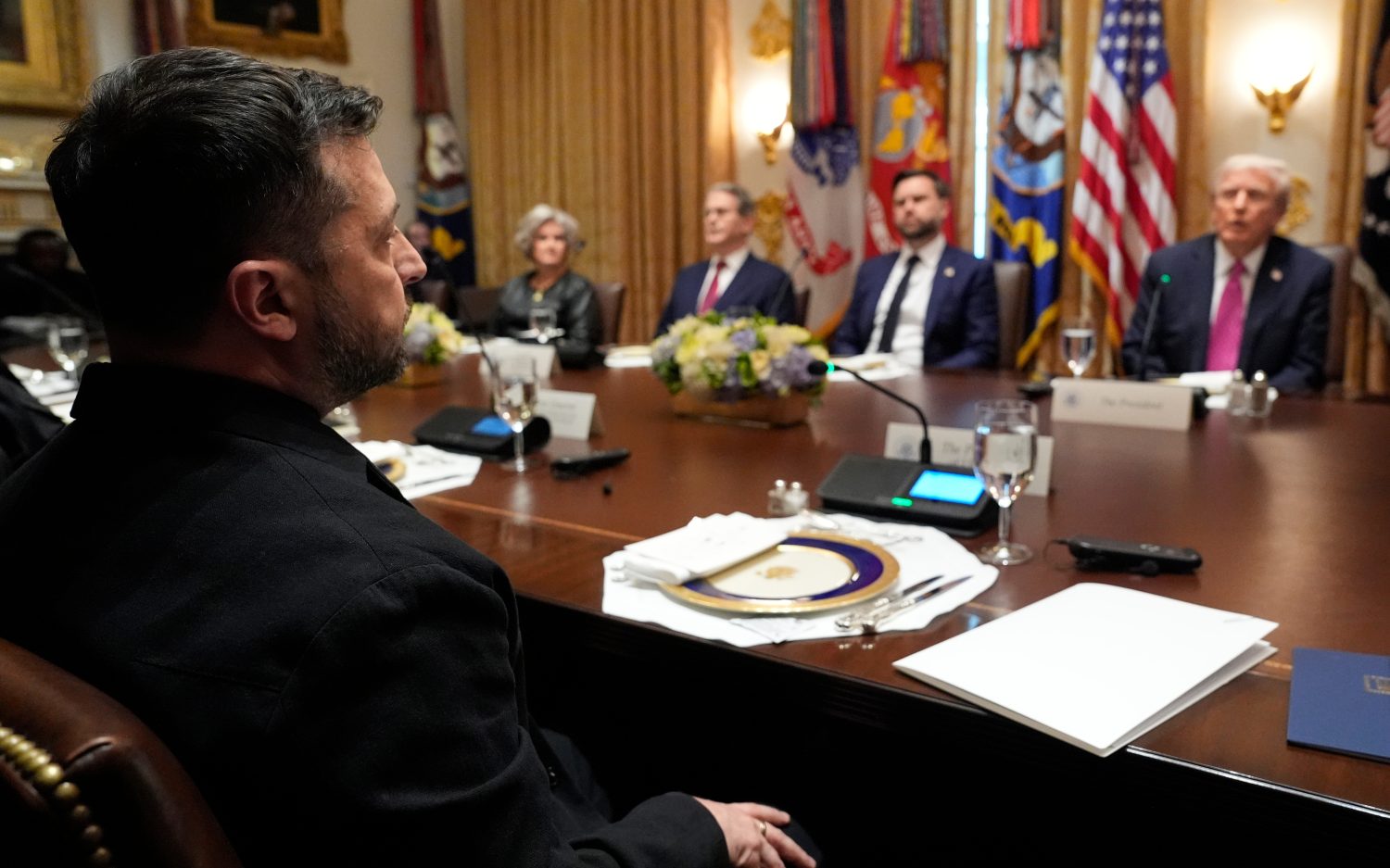NASA telescope gets the low-down on the sun's lowest regions
Scientists at NASA are now able get a close-up look at the sun and its atmosphere, thanks to the new Interface Region Imaging Spectrograph (IRIS) spacecraft. Launched last month, IRIS is sending back the most detailed pictures of the sun’s lowest atmosphere scientists have ever seen.
On Thursday, NASA released new photos that the research team called “exciting” and “just what we were hoping for.”
“These beautiful images from IRIS are going to help us understand how the sun’s lower atmosphere might power a host of events around the sun,” said Adrian Daw, the mission scientist for IRIS for NASA’s Goddard Space Flight Center. “Anytime you look at something in more detail than has ever been seen before, it opens up new doors to understanding. There’s always that potential element of surprise.”
The IRIS spacecraft is a combination of an ultraviolet telescope and a spectrograph. NASA said the telescope provides high-resolution images that capture data on one percent of the sun’s surface, and can take detailed snapshots of a surface as small as 150 miles.
NASA representatives say the first images from IRIS reveal dynamic magnetic structures and flows of material in the sun’s atmosphere that hint at tremendous amounts of energy transfer through the sun’s lower region. These features may help power the sun’s dynamic million-degree atmosphere and drive the solar wind that streams out to fill the entire solar system.
IRIS will continue its mission for the next two years. Scientists said the observations open a new era in solar physics and will help shed light on the sun’s effect on Earth.
The Associated Press contributed to this report.
An actual newsletter worth subscribing to instead of just a collection of links. —Adam
Sign up to receive The Sift email newsletter each weekday morning for the latest headlines from WORLD’s breaking news team.




Please wait while we load the latest comments...
Comments
Please register, subscribe, or log in to comment on this article.